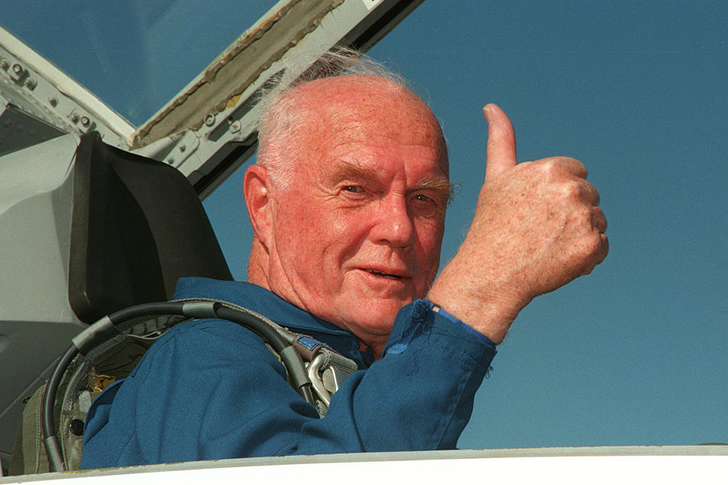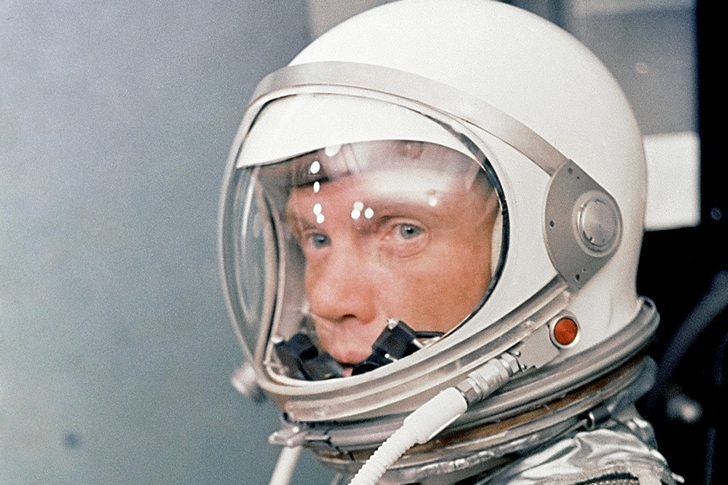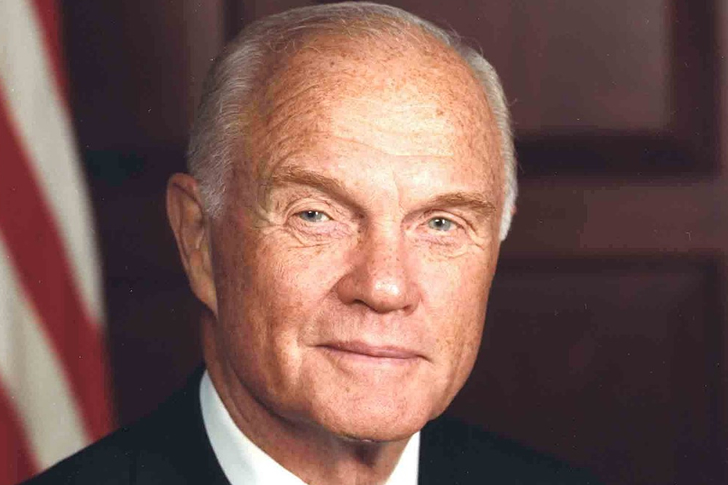John Glenn: From Astronaut to Senator
John Glenn was given credit as the first American on a crewed orbital flight, while Alan Shepard has the distinction of being the first American pilot in space. Glenn has served as an inspiration for many aspiring astronauts. He was even the person Michael Collins looked up to the most. When the newly-minted astronaut completed three orbits around the Earth aboard Mercury-Atlas 7, he became part of history. When he came back from a nine-day mission on the space orbiter Discover in 1998 at the age of 77, his name became cemented in history. One wonders what kind of life and training he needed to go through to be the first person to orbit the Earth.
Early Life
Glenn was born on July 18, 1921, in Cambridge, Ohio, to a father involved in plumbing services and a mother who taught at a local school. He first had experience flying when he joined his father on an airplane flight. After this, he had always been fascinated with flying and started building model planes. He was someone who believed in hard work even at a young age and was already earning money by washing cars and selling newspapers. He then attended Muskingum College where he also played on the football team.
Military Career
Glenn obtained his private pilot license and a credit for a physics course through the Civilian Pilot Training program in 1941, and this paved the way for his illustrious life in the military. He quit college when the US entered World War II where he enlisted in the US Army Air Corps and made his first solo flight in a military craft in a naval air station in Kansas. Glenn was eventually shipped out to Hawaii in 1944, and later on, was assigned to the Marine Corps Air Station El Toro in California. He also did a tour in during the ending stages of the Korean War in October 1952. Setting the trend of test pilots becoming astronauts, Glenn went on to become a test pilot and had his first supersonic transcontinental flight on July 16, 1957.
NASA Career

While active as a test pilot, Glenn read everything about the recently launched Space War and whatever there was to learn about space flight. He exerted much effort into applying for the astronaut post, given his limitations. He was able to meet the height requirement, which was strictly enforced. Glenn, however, did not have a science-based degree and his age was near the cutoff at that time. These challenges did not deter him, though, and he was selected along with 100 other candidates.
Mercury Seven

Glenn took on new challenges when, in 1959, he was selected to be part of the Mercury missions. He and six others, including Alan Shepard and Gus Grissom, trained hard in an attempt to prove the superiority of the US in the space war. He went on to become the first man to make three orbits around the globe aboard Friendship 7. The whole mission and flight did not last more than five hours, but it is this flight that made him an instant hero. NASA’s investments and effort to bring America to the forefront of the space war certainly paid off. The next aim was the moon.
From Astronaut to Senator

Now widely known, Glenn thought he could win a seat at the Senate, and so he ran for the senate. During his first attempt in 1964, he suffered an accident, so he had to delay his political ambitions. On his second attempt in 1970, he was defeated. Undaunted, Glenn tried again in 1974 and won this time. He served four terms in the Ohio State Senate and served on several influential committees. Glenn was given credit for the 1978 Nonproliferation Act. He was also outspoken on many critical issues and had continuously campaigned for more funds to be injected into education, science, and space exploration.
